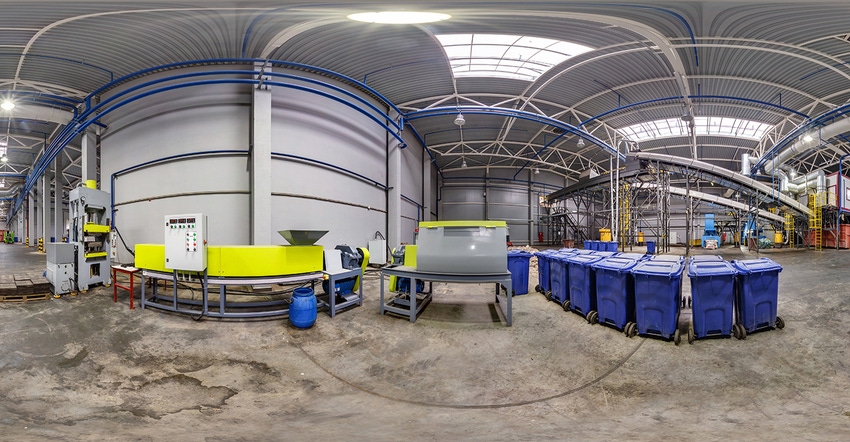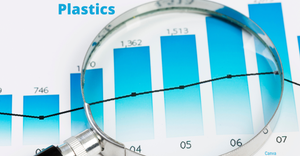Advanced recycling facilities generate no more emissions than an average hospital, college campus, or even auto manufacturer, according to the report.
March 23, 2021

One of the primary goals of advanced recycling is to take plastic waste from materials recovery facilities (MRFs) and the environment and capture its value without creating more emissions than would be produced using traditional virgin resins derived from oil and natural gas. A new report prepared by Good Company, a Eugene, OR–based sustainability firm, for the American Chemistry Council, “Comparison of Pyrolysis-based Advanced Recycling Air Emissions to Common Manufacturing Emissions,” reveals that air emissions from advanced recycling facilities are likely to be below most permissible thresholds, making that process “green.”
The results of the report were made public on March 18, 2021, during a webinar hosted by Josh Proudfoot, co-founder and Principal of Good Company, along with a panel of industry experts. The report looked at advanced recycling facilities that can process up to 55,000 tons of post-use plastics annually and included Agilyx, New Hope Energy, Brightmark, and Renewlogy. The previous report published in 2017 looked at facilities that could process up to 15,000 tons annually.
“Our analysis shows that the emissions produced by pyrolysis-based advanced recycling technologies were below both common facilities’ air emissions and the threshold for Title V permits,” said Proudfoot. Advanced recycling facilities are regulated by the federal Clean Air Act, and state and local regulatory authorities ensure that the facilities meet strict operating criteria.
“This is promising news for an emerging industry that has great potential to help solve the plastic waste challenge and displace virgin materials, taking us one step closer to total recovery of plastics,” added Proudfoot.
The conclusion drawn by the report is that an advanced recycling facility, which is designed to use waste to create brand new materials and keep plastic out of oceans and landfills, generates no more emissions than an average hospital, college campus, or even auto manufacturer, said Good Company’s report.
The consensus of the panel participating in the discussion was that there is no single solution to the plastic waste challenge.
Jeffrey Spangenberger, in charge of material recycling R&D at Argonne National Laboratory, suggested following an order of hierarchy of reduce, reuse, and recycle. “Follow that hierarchy,” he said. “If you can mechanically recycle products, great. If contamination makes mechanical recycling impossible, look at chemical recycling. Mechanical recycling is a good start, and at the end is landfill.”
Panelist Eric Klingenberg, materials science lead for Mars Inc.’s R&D group, noted that the value proposition is a “full systems approach” that engages across the value chain. “We’ve done all the right things but we make recycling really challenging,” he said. “Not just for plastics but taking view with all waste and how to capture the value — the holistic view — and address waste on a larger scale.”
Spangenberger added that the challenge for recycling is with cost. “Polymers are cheap but their low cost presents challenges in that it leaves a very small margin for recycling to be enabled,” he said, noting that people see the value in metal. “I can put something metal out on the curb and it gets picked up quickly. How do we make the economics of plastics work better? Increase upcycling; lower processing costs; make separation more cost efficient; increase the compatibility of various plastics; and reduce contamination in the waste stream. All of these systems need to work.”
Educating the public, Spangenberger added, is also needed. “They need to know that not all the material that goes into the [blue] bin goes to a recycling facility.”
About the Author(s)
You May Also Like




